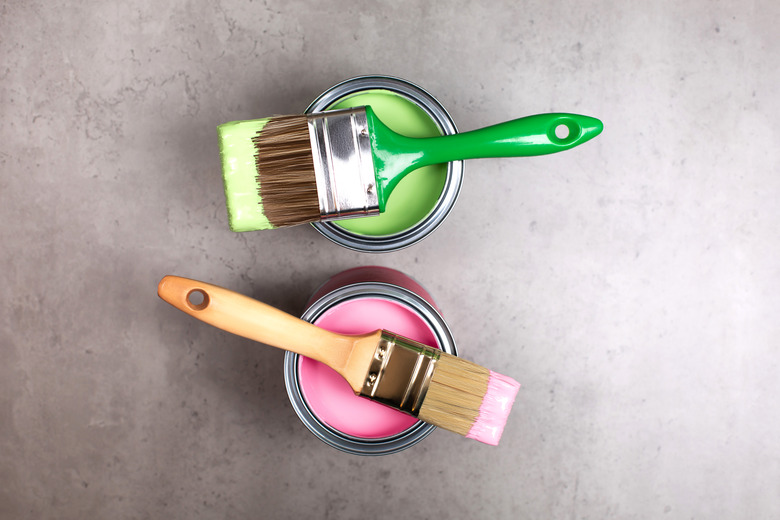How To Remove Brushstrokes
Painting your home, whether it's walls, doors, or siding, is an art that requires patience and skill. Even the best painters have to deal with brushstrokes popping up from time to time after the paint dries. If you notice these marks, don't panic. You can remove brush marks from gloss paint and more for a flawless finish.
Tips to Prevent Brushstrokes
Tips to Prevent Brushstrokes
While you can't always avoid brushstrokes when painting, there are a few simple steps you can take to prevent them. The best and most important way to avoid brushstrokes is to properly prep your surface before you start painting. One of the first steps you should take to prep your surface is using sandpaper to smooth out any rough spots on your walls or wood. Once your surface is smooth, grab a duster or cloth to clean off any dust or debris that could get trapped underneath the paint.
The tools you use matter too. Make sure to invest in a quality paintbrush, whether flat or angled. Depending on the type of paint you're using, you'll want to purchase a synthetic- or natural-bristle paintbrush. Natural-bristle brushes tend to be a better choice if you're using oil-based paint, as they provide a smoother finish.
Before adding paint to the brush, practice holding the paintbrush to get the hang of using it correctly. You'll want to grasp the brush with care as you would a pencil instead of clenching it in your fist. It's also best to apply the paint gently with your brush at an angle to help prevent brushstrokes. Resist the urge to apply too much paint to the brush. You can also use a paint roller to help prevent leaving brushstrokes behind.
How to Remove Brushstrokes With Sandpaper
How to Remove Brushstrokes With Sandpaper
If you notice a few spots with noticeable brushstrokes after the paint dries, use 80-grit, clog-resistant sandpaper to work out those marks. Put the sandpaper on a sanding pole or block and gently sand away at the brushstrokes. Though it may get the job done quicker, forgo using an electric sander that may cause further damage to the paint job and require more work in the end.
How to Remove Brushstrokes With Drywall Joint Compound
How to Remove Brushstrokes With Drywall Joint Compound
If you notice brushstrokes on a large area of your painted surface, you'll want to use a drywall joint compound to remove the marks. To do this, apply a thin layer of the drywall mixture to a dried painted surface using a taping knife. Then, use 100-grit sandpaper to smooth the area before applying primer and paint to the surface again. Once the paint dries, you should have a smooth, brushstroke-free surface.
